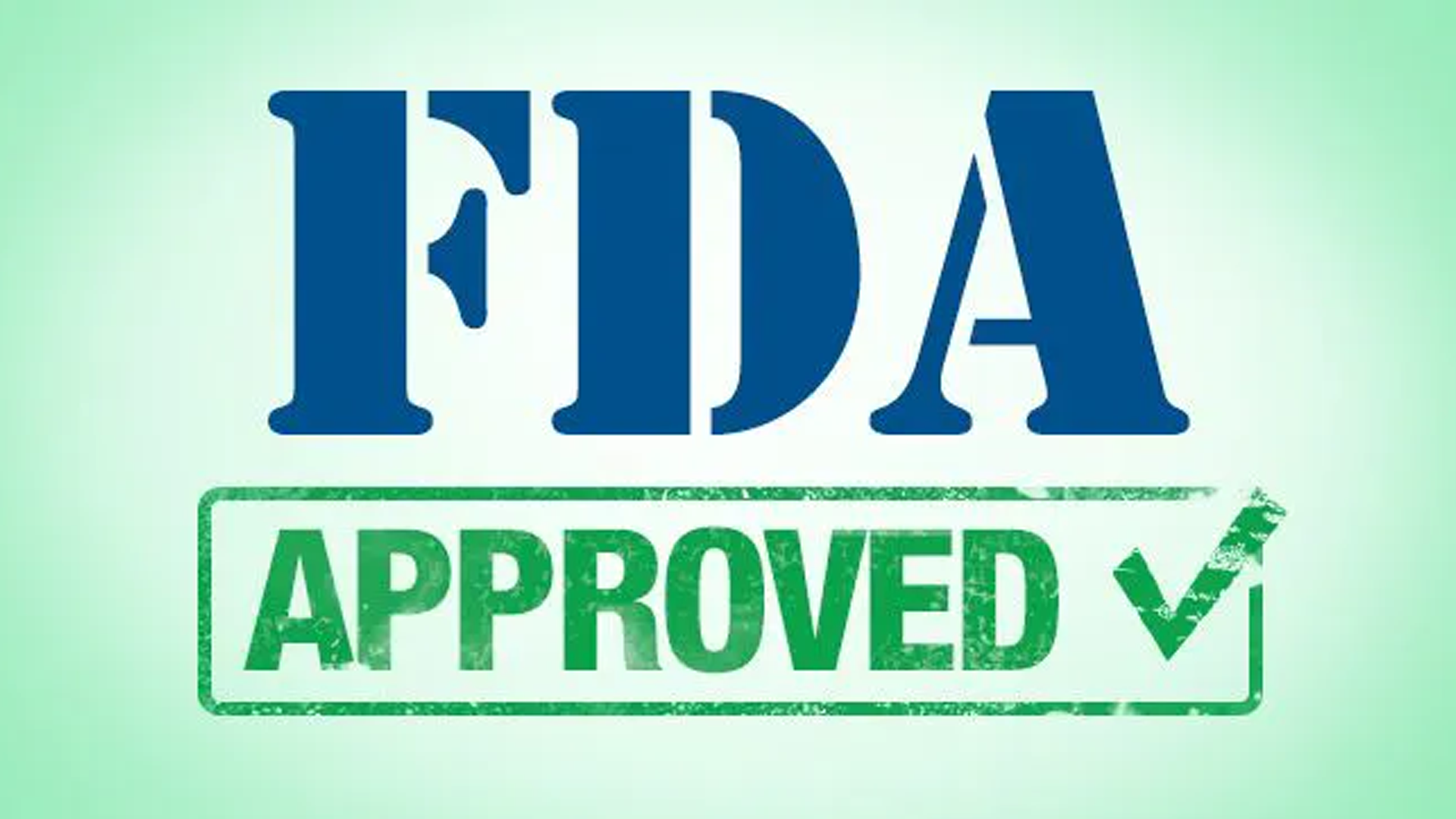Liso-Cel Approved for Refractory Large B-Cell Lymphoma
The FDA has approved lisocabtagene maraleucel for adult patients with certain types of large B-cell lymphoma who have not responded to, or who have relapsed after, at least 2 other types of systemic treatment.
Liso-Cel Approved for Refractory Large B-Cell Lymphoma

The FDA has approved lisocabtagene maraleucel (Breyanzi) for the treatment of adult patients with certain types of large B-cell lymphoma who have not responded to, or who have relapsed after, at least 2 other types of systemic treatment.
Each dose of the CAR T-cell product is developed using each patient's own T cells. The T cells are collected and genetically modified to comprise a new gene that facilitates targeting and elimination of lymphoma cells. Once the cells are modified, they are then infused back into the individual.
"Today's approval represents another milestone in the rapidly progressing field of gene therapy by providing an additional treatment option for adults with certain types of cancer affecting the blood, bone marrow, and lymph nodes," Peter Marks, MD, PhD, director of the FDA's Center for Biologics Evaluation and Research, stated in a press release. "Gene and cell therapies have evolved from promising concepts to practical cancer treatment regimens."
The biologics license application for the anti-CD19–targeted CAR T-cell therapy was granted priority review designation from the FDA in February 2020. The application was supported by data from the multicenter phase 1 TRANSCEND NHL 001 trial, in which liso-cel resulted in an objective response rate of 73% and a complete response (CR) rate of 53%, with the time to first CR or partial response occurring at a median of 1 month.2
The median duration of response had not yet been reached at a median follow-up of 12 months. At 6 months, 60.4% of patients remained in response, while 54.7% continued to respond at 12 months.
Additionally, the median progression-free survival with the CAR T-cell product was reported to be 6.8 months (95% CI, 3.3-14.1) and 44% of patients remained free of disease progression. The median OS with liso-cel was 21.1 months (95% CI, 13.3-NR), and more than half, or 58%, of participants were alive at 1 year; this included 86% of those who achieved a complete response.
The trial enrolled 344 patients with LBCL who had previously received 2 or more lines of therapy; these patients underwent leukapheresis. Of these patients, 269 received liso-cel at 1 of 3 dose levels (50 × 106 [n=51]; 100 × 106 [n=177]; and 150 × 106 [n=41]).
Notably, patients with high-risk characteristics who have been excluded from prior clinical trials were eligible to participate, including those with secondary central nervous system involvement and with moderate medical comorbidities.
Patients were heavily pretreated, as they had received a median of 3 prior lines of therapy. Thirty-five percent of patients underwent prior autologous or allogeneic hematopoietic stem cell transplant and 67% had disease that was refractory to chemotherapy. Moreover, 44% of patients never achieved a CR with previous treatment. Fifty-nine percent of patients received bridging therapy.
Additional results showed that responses achieved with the product were comparable across all patient subgroups analyzed, including numerous LBCL histologies and those with high-risk features.
When broken down by histology, the median PFS was similar between the overall diffuse LBCL population and those with double-hit lymphoma or transformed lymphoma from nonfollicular histologies.
Additionally, the median PFS and OS for patients who achieved a CR was not reached, with 65.1% of patients progression free and 85.5% of patients alive at 12 months, respectively.
Regarding safety, incidences of severe cytokine release syndrome(CRS) and neurologic events were low with liso-cel. Grade 3/4 CRS each were observed in only 1% of patients, and only 10% of participants experienced grade 3/4 neurologic effects.
The labeling of the product comes with a boxed warning for CRS, according to the FDA. Other toxicities associated with liso-cel include hypersensitivity reactions, serious infections, low blood cell counts, and a weakened immune system. Adverse effects typically present within the first 2 weeks of administration, although some may present at a later time.
References
- FDA approves new treatment for adults with relapsed or refractory large B-cell lymphoma. News release. FDA. February 5, 2021. Accessed February 5, 2021. http://prn.to/3aCkwBh.
- Abramson JS, Palomba ML, Gordon LI, et al. Pivotal safety and efficacy results from Transcend NHL 001, a multicenter phase 1 study of lisocabtagene maraleucel (liso-cel) in relapsed/refractory (R/R) large B cell lymphomas. Presented at: American Society of Hematology Annual Meeting; December 7-10, 2019; Orlando, FL. Abstract 241.


